GEMMOTHERAPY ELIXIRS
The art & science of the therapeutic use of tree buds.
Our gardens are now doing their slow and lovely dance of seasonal completion, Though one corner of our garden is joyfully offering up a second crop of purple flowering anise hyssop and there is still an endless and undeniably glorious stream of bright orange and yellow calendula, for most of the garden, there is a sense of being done, of entering into the resting phase…actively nestling in for a long winter’s sleep.
At the same time that the gardens are coming to a close, the trees become radiantly aglow, saturated with light, awash in color and calling quite obviously for our full attention…come, listen to our sacred stories, be nourished by our ripening fruits, honor our ancient spirits, be healed by our wild medicines.
“You’ll find more in the forest than in books. Trees and rocks will teach you things that no master in science will tell you.” St. Bernard Clairvaux
Some of my favorite herbal medicines come from trees. Willow, witch hazel, elder and hawthorn. Pine, birch, cedar, chaste tree, bay and olive. I love tree resins as well. Baltic amber, the fossilized resin from ancient trees that grew around the Baltic rim many millions of years ago, the antibiotic pine, spruce and fir resins we collect from time to time and the copal, myrrh and frankincense resins that I love to burn.
Some of my most valued friends and teachers are trees. Oak, my daily companion, hawthorn my sweet inspiration, apple from whom I receive deep soul nourishment. My home is surrounded by trees and our farm bordered by woodland on two sides. The natural spring from which we draw wild water is at the edge of a cedar grove, in the midst of a lush, green oasis, a place filled with alder, poplar, birch, spruce and bird song.
So it was no great surprise that when a book titled simply Treatise on Gemmotherapy; the Therapeutic Use of Buds, by Philippe Andrianne, crossed my path last winter, sent as a gift from a client, I immediately took notice and dove right in. My imagination was quickly captured, my wild heart filled with insight and inspiration.
I spent a good part of my winter months reading and rereading this book which is now quite dog-eared and still by my side. I researched the subject online. And, as spring approached, I couldn’t wait to get back to the farm, collect the necessary menstruum ingredients and begin making and experimenting with bud medicines.
History - Gemmotherapy traces its roots at least back to the Middle Ages and the alchemists of that time who realized the important therapeutic value of tree buds. In the early part of the 20th century, an astute student of nature and a Flemish doctor, Dr. Pol Henry, hypothesized that the meristem should contain all of the information energy necessary for the development of trees. He macerated buds and young shoots in three different but entirely complimentary menstruums and in so doing discovered a way to extract their “quintessential nature” in the form of a concentrated mother-macerate.
The first bud extract Dr. Henry studied was birch bud and he proved that the extract activated the macrophages of the liver and allowed the drainage of Kupffer cells, which when activated are responsible for inflammation and can cause cirrhosis, or loss of liver function.
Dr. Henry’s foundational work was published in the early 1970s along with the results of his clinical studies and after his death in 1988 the term Gemmotherapy was coined to describe the new field of phytotherapy that he pioneered. Gemmotherapy is widely practiced in Italy and France, with interest growing and practitioners expanding into the USA, Germany, UK, Switzerland, Austria and the Czech Republic.
The word gemmotherapy comes from the Latin gemmae, which designates both the bud and the precious stone of mineral or organic origin, such as amber or pearl, and also the rock salt extracted from mines and the resins obtained from an incision made in the tree trunks of pines and similar evergreen species, of which Baltic amber is a fossilized remain.
The bud contains within itself the whole evolution of its species. It contains all the power of the future plant. The bud is embryonic tissue – vegetal stem cells – in a phase of intense cell multiplication containing the evolutionary potential, all of the genetic information as well as the energetic imprint, of the entire plant.
The buds contain more nucleic acid (genetic information) than any other tissues and also contain minerals, trace elements, vitamins and various growth factors such as hormones and enzymes, and especially the concentrated mineral sap provided by the tree in spring. Regeneration, stimulation, and drainage of cells are some of the key actions represented by the young growth.
According to Dr. Henry, “Gemmotherapy mobilizes the potential biological energy of the elements of the embryonic plant.” The gemmotherapy extract is a real concentrate of information; it contains all the genius of the tree from which the bud has come. Thus, the concentrated mother-macerate of Linden for example, offers both the sedative properties related to the flowers but also the depurative and diuretic virtues of the sapwood. A hawthorn bud extract offers both the medicinal properties of the berries (action upon the heart muscle) and those of the leaf and flower (heart rate).
The buds are freshly gathered in the spring, just before budding, a period of potential energy and maximum concentration of vital elements and then stabilized immediately in the menstruum to ensure the full regeneration capacity and optimal life force, or veriditas, are transferred.
Birch Sap is a vital part of these Gemmotherapy medicines. This mineral rich ambrosial tree water is referred to as Elixir of Life and seen as the matrix that can receive information and return it, a biological transceiver, a water based communication network that handles the information regulating all life processes, a bridge between cosmic and earth forces.
All water sources flow downward, only tree sap runs up under the pressure of life forces. While in motion, the sap is driven through the internal vortex that contributes to its revitalization. Because of its polar structure working like a magnet, the water molecule, when turning on itself, emits a magnetic field. It is dynamized as it rises through the spiral channels of wood, its capacity for organization greatly enhanced; it becomes a real bio-plasma.
The root of the word sap is sapa meaning cooked wine and evokes knowledge sapere and wisdom sapientia. Birch sap is rich in trace elements and minerals, carbohydrates, growth hormones and vitamins. The mineral rich sap is harvested only in spring before the buds open. It is a clear liquid, like fresh water, with a flavor that is mildly sweet and amazingly invigorating. I like to drink it straight from the tree. I also use it to make coffee, tea and infusions during springtime. I think of it as an invigorating spring tonic, detoxifying as well as deeply nourishing.
Birch sap does not stay stable for very long and because of the natural sugars and yeasts it contains, has a natural inclination to ferment and turn sour. After setting aside a small amount for my personal use, I stabilize each day’s birch sap collection by mixing it with organic alcohol and organic vegetable glycerin to create the menstruum we use to make our Gemmotherapy Elixirs.
Actions - A primary action of the gemmotherapy elixirs is to stimulate drainage, which is conceived of as a more complex process than detoxification. It is a process of transformation at the cellular level – an evacuation and integration take place on the physical, mental, emotional and spiritual levels that deeply affects and alters the inner terrain of an individual. Herbalists refer to a plant that has this type of action as an alterative.
Drainage here also refers to the physiological process of detoxification and means to stimulate the excretory organs; the kidneys, liver and skin.
Among the many highly nourishing phytonutrients contained within the buds are specific enzymes that bind strongly to heavy metal atoms, immobilizing them and preventing them from invading parts of the cells where they could become toxic.
The ones who drink from the roots, the ones who do not walk.
The Cosmic Tree – The concept of the Cosmic Tree is found in all major traditions around the world, a living image of the cosmos, forever regenerating, renewing, and reflecting the unity of the universe. Also known as the World Tree, the Cosmic Tree represents the spatial manifestation of the cosmic forces at work in the universe, endowed with creative power, bringing together mobile and motionless.
The Cosmic Tree is usually represented by a majestic tree, unique to each culture and geographical location. For the Celtic people it is the oak, to Siberians the birch, for Mediterranean people it is the olive, to Scandinavians, the ash and to Arabs, the palm.
The Sacred Tree is a portal into the spiritual realms and represents the divine life force which animates the universe. The ancients tell us that trees have souls, they have a healing touch. A forest is a sanctuary, a sacred grove, residence of the local deities.
Worship of trees was practiced by our shamanic ancestors. The Catholic Church, unable to separate the people from their adoration of certain trees, built churches at those locations, associated the tree or tree cult with a Catholic saint and Christianized the place. In this way the Catholic Church preserved all of the most ancient sacred places throughout Europe.
Many myths recount the relationship between trees, a sacred place, or a sacred person. In Egypt, Hathor was the sycamore, Attis was associated with the pine, the Greek Daphne was turned into a bay tree and Athena taught the people how to grow and use the olive. Poplar and willow grew at the edge of the Underworld, myrtle among the ancestors.
Ancient peoples say that the sanctity of the tree is often realized in the fermented fruit, the original mythic beverage, the elixir of immortality, the ambrosial nectar, a true universal medicine. Variations have survived in the form of mead, wine and fermented sap, all of which were recognized in antiquity.
The honored Tree of Life remains known, down through the centuries, as a medicine tree, a healing tree, a special tree of regeneration and rebirth, giver of life, bestower of fertility, receiver of pains and afflictions; and this is confirmed by popular belief, folklore and legends that are repeated through the passing generations. The tree represents to humans our innermost nature.
Trees were present on this earth many millions of years before humans. In the biblical story of creation trees appeared on the third day, humans not until the last day of creation. The trees are our ancestors. They archive events, witness the passage of time and of human generations, metamorphose through seasonal changes and endure over many centuries.
The Celtic peoples arranged their agricultural, social and cultural activities according to a lunar calendar based on trees and the natural rhythm of nature. Each lunar month of the year is associated with a tree symbolizing the characteristics of that particular 28 day cycle. There were thirteen cycles per year.
Four Temperaments - European phytotherapy is based on the Four Temperaments Theory, introduced by Galen (131-201) who developed his theory based on the writings of Hippocrates (-377) who was influenced by the Theory of the Four Elements of Plato (-396) who was influenced by the life teachings of the Egyptians.
The Hippocratic temperament, also known as idiosyncrasy, expresses the unique tendency of a living organism to react to external agents. It also refers to the natural character of the person, his or her own true nature and personality. Temperament is a state composed of two integral aspects, one physiological and one psychological. Temperament can be seen as the constitution of the person, their individual terrain.
The terrain represents the combined aspects of hereditary factors (constitution) and environmental (miasma), and includes the energetic and biochemical levels. This terrain is not fixed but mutable – able to be influenced and altered. The terrain can serve as a predisposing factor for disease development or resistance.
The humor is the crystallization, the material manifestation of temperament. The concept of humor is associated physically to an organic liquid through which temperament is physiologically expressed. Psychologically it is associated with mood, behavior, psycho-emotional aspects.
Each mood contributes to the expression of a physiological, pathological and psychological temperament of the individual. The four humors, blood, lymph, yellow bile and black bile, constitute the physical medium but also contain a non-material or “energetic” quality related to the personality. Being “in a good mood” means having a good balance between these four humors.
Scuola Medica Salernitana
The Medical School in Salerno, Italy was the world’s first medical school. The Scuola Medica Salernitana is situated on the Tyrrhenian Sea, in the beautiful Bay of Salerno, in the Southern Italy town of Salerno, not far from our ancestral village. It was the great gathering place, or melting pot, for medical knowledge in the Western World at the time. Arabic medical treatises, both those that were translations of Greek texts and those that were originally written in Arabic, were being collected in the library of Montecassino and translated into Latin. The work of Hippocrates, Galen and Dioscorides blended with Arabic medical tradition and practice, as well as with Jewish medical traditions.
The meeting of all these different cultures led to a great synthesis of medical knowledge. So much so that legend ascribes the foundation of Scuola Medica Salernitana to four masters: the Jewish Helinus, the Greek Pontus, the Arab Adela, and the Latin Salernus. The school taught medicine along with philosophy, theology and law. Women were welcome as both students and teachers and the medical practitioners of Salerno were unrivalled in the medieval Western Mediterranean world.
One noted female doctor and author from this school is Trotula de Ruggiero, accredited with several books on gynecology and beauty care, collectively known as The Trotula. Among them is De Passionibus Mulierum Curandorum, Women Take Care of Emotions, first published around 1100 AD.
The Scuola Medica Salernitana had its origins in the dispensary of a monastery founded in the 9th century and reached the height of its influence between the tenth and thirteenth centuries.
Because of the school, Salerno gained the title of “Town of Hippocrates” (Hippocratica Civitas or Hippocratica Urbs). People from all over the world flocked to the “Schola Salerni“, both the sick, in the hope of recovering, and students, to learn the art of medicine.
The Garden of Minerva, Il Giardino della Minerva, built to accompany the medical school, was the first medicinal herb garden in all of Europe. The gardens fell into disrepair over time but in recent years have been completely restored.
I’ve had the good fortune to visit the Garden of Minerva several times and have been awed with its beautiful design, laid out on four separate terraced levels, each with its own water source. Information regarding humoral classification and energetic properties is written on small metal signs that accompany each plant cultivated there.
The concept of the four humors developed out of this milieu. Here is how the Medical School in Salerno described the humors:
There are four humors circulating in the human body: The black bile and phlegm and bile and blood. The phlegm if formed of water; of earth the black bile. The air enters the blood; and fire in the bile. Blood flows and air absorbs heat. Phlegm in its course has the freshness of water.
The reciprocal balance between the four temperaments helps to maintain health of body, mind and spirit and ensures the continuity of life. The concept of the temperaments means that each individual is seen as a whole person.
Each humor is related to a temperament.
Blood (sanguine) is related to the sanguine temperament – warm and humid.
Yellow bile is related to the bilious (nervous) temperament – hot and dry.
Black bile is related to the melancholic temperament – cold and dry.
Phlegm is associated with the lymphatic (phlegmatic) temperament – cold and wet.
The prevalence of one of the temperaments constitutes a set of physical and mental abilities, behaviors and characteristics, both internal and external. Plants, food choices, life style and a variety of practices can affect and even bring about a change of temperament.
We might conceive of temperament similar to how we see soil…with careful cultivation we can nourish, correct, balance and bring it into harmony.
Most plants, trees and foods are also classified according to their basic thermal nature: hot, cold, dry and wet and can be connected to one or many elements.
A large part of the art of natural medicine is in the intuitive matching, or joining, of these material and energetic principles and growth patterns, to support positive change within the individual.
Tree and Human
“By its vertical structure, the tree, like humans, rises to the surface of the earth and finds itself in a strange mirror relation because of their strong anatomical and physiological similarity; similarity that can be extended in an emotional and intellectual projection, even psychological and spiritual.”
Practical and functional applications arise from this symbolic thinking. The psychosomatic action of tree buds on our own verticality, the strength of our framework, our bones and muscles that keep up upright, our psychological health, and the social implications – the tree is a silent companion, friend, teacher, tutor.
“The verticality of the tree found especially in the trunk, finds its equal in the vertebral column supporting the human body, meeting place between the left and right side, site of our blockages, our fears and denials, where the body somatizes unconscious tensions.
The marrow of the stem is analogous to the spinal cord and bone marrow and the branches are analogous to arms. Climbing a tree is to connect with a living being, getting away from the ground, changing position, shifting perspective.
Since in nature, the tree establishes communication between the forces of the underworld, those on the surface of the earth and those of the cosmos, it is possible that it does the same in us, through bud extracts, helping us to reach the depths of our own subterranean world, while balancing the spiritual realm.” Philippe Andrianne
How to heal a human being is identical to healing a tree or a forest. It us useless to do battle against insects, fungi, bacteria and other pathogens, if the essential is not treated: the forces of life, the formative forces of the body, which is the same in all of nature…what Hildegard von Bingen referred to as veriditas.
“After the glaciers subsided the birch and pine appeared and colonized the tundra.
As the weather warmed in came the hazel, then oak, elm and ash, hornbeam and fir.”
The Remedies and Indications for Use
Crab Apple – Stimulates oxygenation of the brain and cerebral circulation, cools excess heat, eases hot flashes and some migraines, facilitates communication between emotions, thoughts & expression, helps with concentration, harmonic balancing, acts as a sexual tonic.
Birch – Used to ease chronic rheumatic and degenerative diseases. Effective anti inflammatory used to ease joint pain and inflammation, lumbago and nerve pains and inflammation. Re-mineralizes the body, indicated for growing pains in children and adolescents. Stimulates collagen production, strengthens connective tissue, bones and cartilage, improves flexibility and elasticity. Stimulates spleen, pancreas and liver. Hypo-allergenic, anti-allergic. Antidote against possible side effects of pharmaceutical medications, including chemo.
Grape Vine – Indicated for all chronic inflammations, intestinal, hemorrhoids, as well as dermatitis. Immune modulating, improves the flow of lymph, tumor inhibiting. Helps ease joint pains & inflammation. Slows the process of joint deformities.
Honeysuckle – Cooling, soothing and moistening, used to treat upper respiratory infections, dry, convulsive cough, hoarseness, laryngitis – expectorant, decongestant and antispasmodic. Considered a cardiotonic, brings moisture to joints.
Juniper – Protective – drives away negativity, purifying. Liver tonic, antiinflammatory.
Horsetail – Strengthens bone matrix, mineralizing, fights against osteoporosis and hair loss, enhances fracture healing and facilitates absorption of calcium, anti-rheumatic, antiinflammatory. An excellent remedy to help restructure joints, to help heal tendonitis, muscle tears. Promotes elasticity and flexibility of tendons, muscles, blood vessel walls. Helps eliminate edema, increases urine volume; helps lose excess water/weight.
Integrated Complex – birch, grape vine, horsetail – To support bone health – re-mineralizing- strengthens spine and bones. An excellent remedy for hot, swollen, painful knees, hips, small joints, chronic pain, protects joints from wear and tear, helps prevent fractures in elderly. Enhances immunity, helps relieve pain.
“Trees are the outgrowth of the earth.” Rudolf Steiner
Recommended dosages for mother-macerate
Gemmotherapy Elixirs:
Adults – 5 drops one to three times daily between meals.
Children – 3-8 drops daily
Babies – 1-3 drops daily
If breastfeeding, give the drops to the mother at the adult dosage.
Pregnant women – Avoid bud medicines with hormonal actions such as oak, sequoia and raspberry.
Gemmotherapy Elixirs have a shelf life of four years.
Gemmotherapy can be used alone or in conjunction with other healing modalities. Generally the drops are placed on the tongue and held there a few seconds before swallowing. They can also be consumed in a beverage such as water, tea or juice.
The usual duration for a course of treatment is three weeks which may be continued up to three months. Gemmotherapists recommend three weeks of taking the elixir and one week of rest, followed by another three weeks of use, and then a week without.
You’ll find our Gemmotherapy Elixirs at this page:
http://blessedmaineherbs.com/geel.html
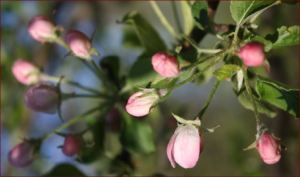
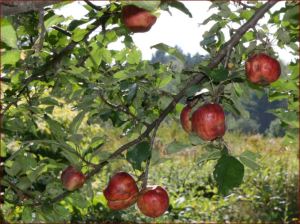
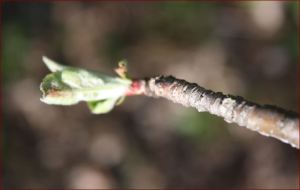
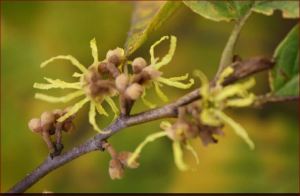
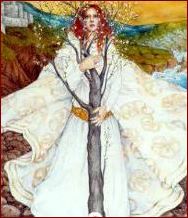
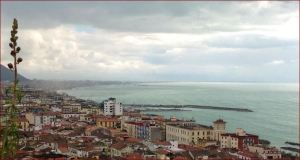
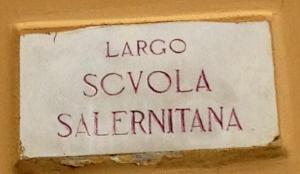
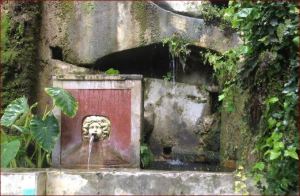
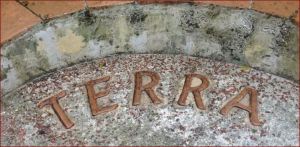
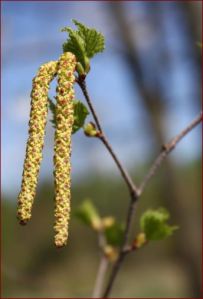
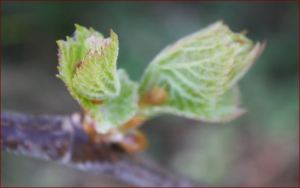
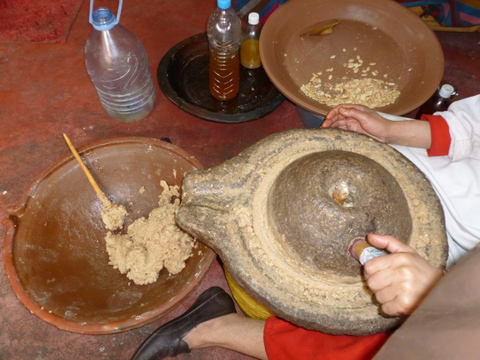


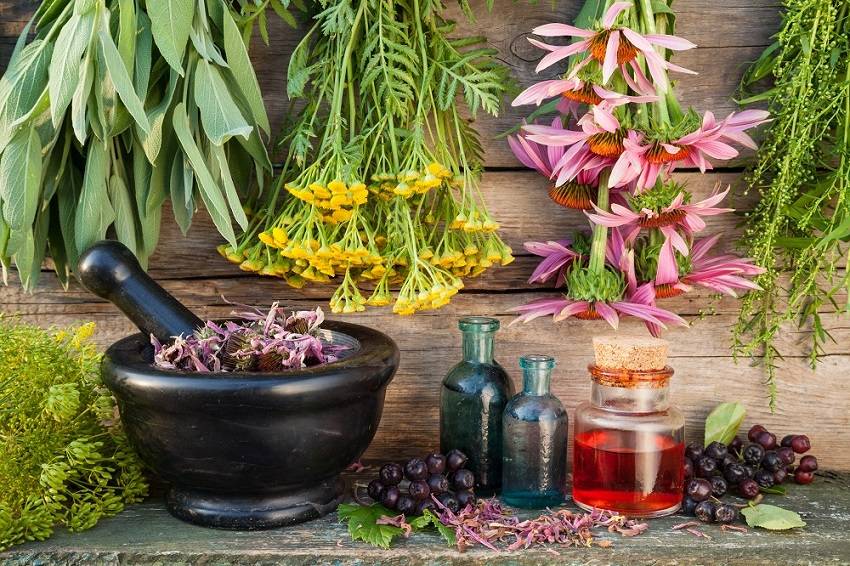
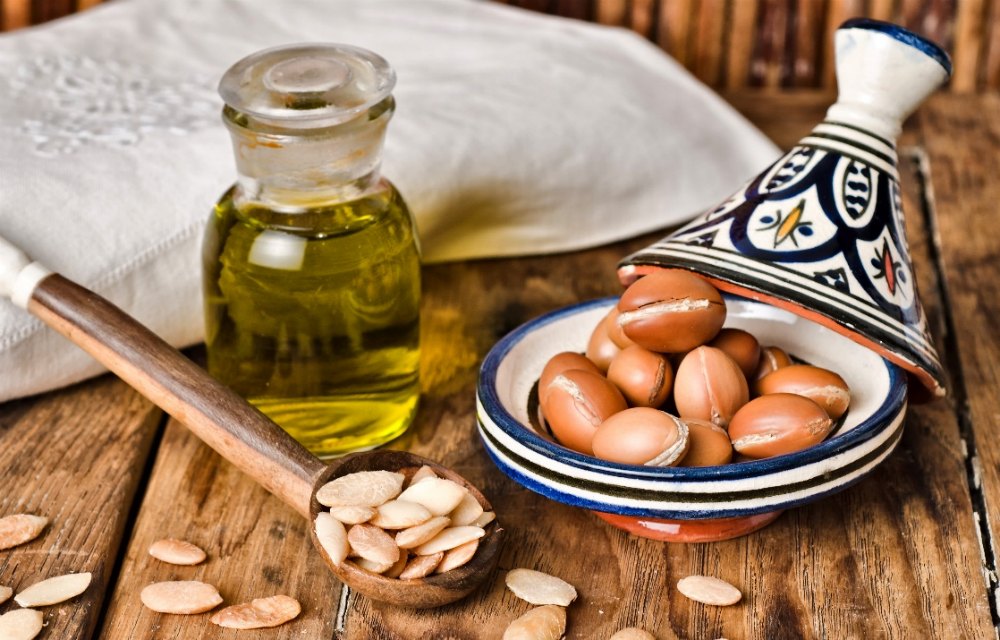


Replies